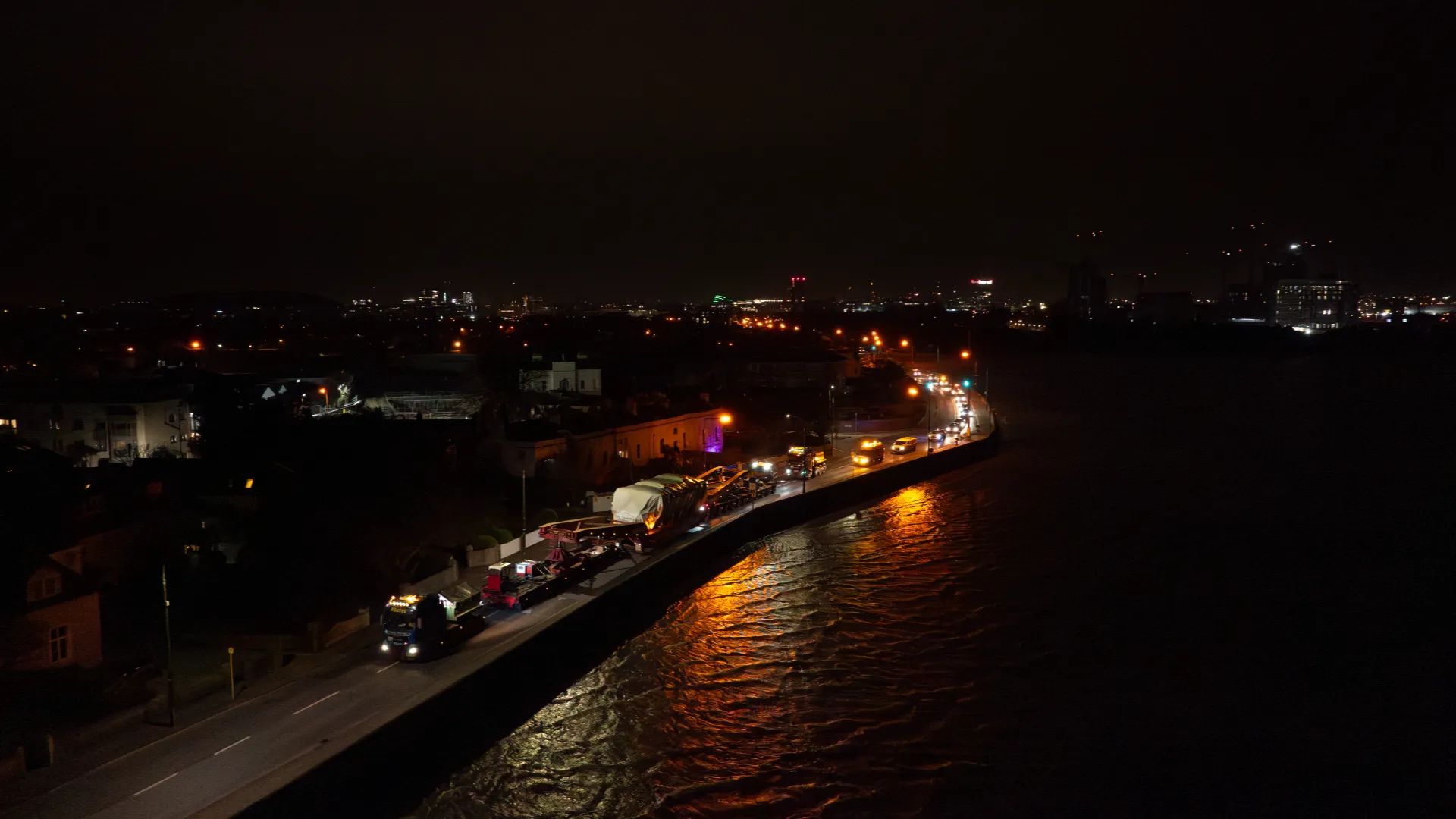By loading the video you agree to YouTube's privacy policy.
It’s 2:00 am and the wind and rain are howling across Dublin’s Sandymount Strand, lashing the coastal road and those caught out on it. “It’s a lazy wind, it wants to go through you not round you” says one of the road crew removing street furniture; as in the distance a large convoy approaches through the night, hundreds of yellow lights flashing out.
We’re standing, shivering, a short hop from Dublin Port and the road crew are preparing for what is the heaviest load to ever pass through the Irish capital. It’s coming into sight as we brace ourselves against that wind; 520 tons of hardware sitting across 196 tires.
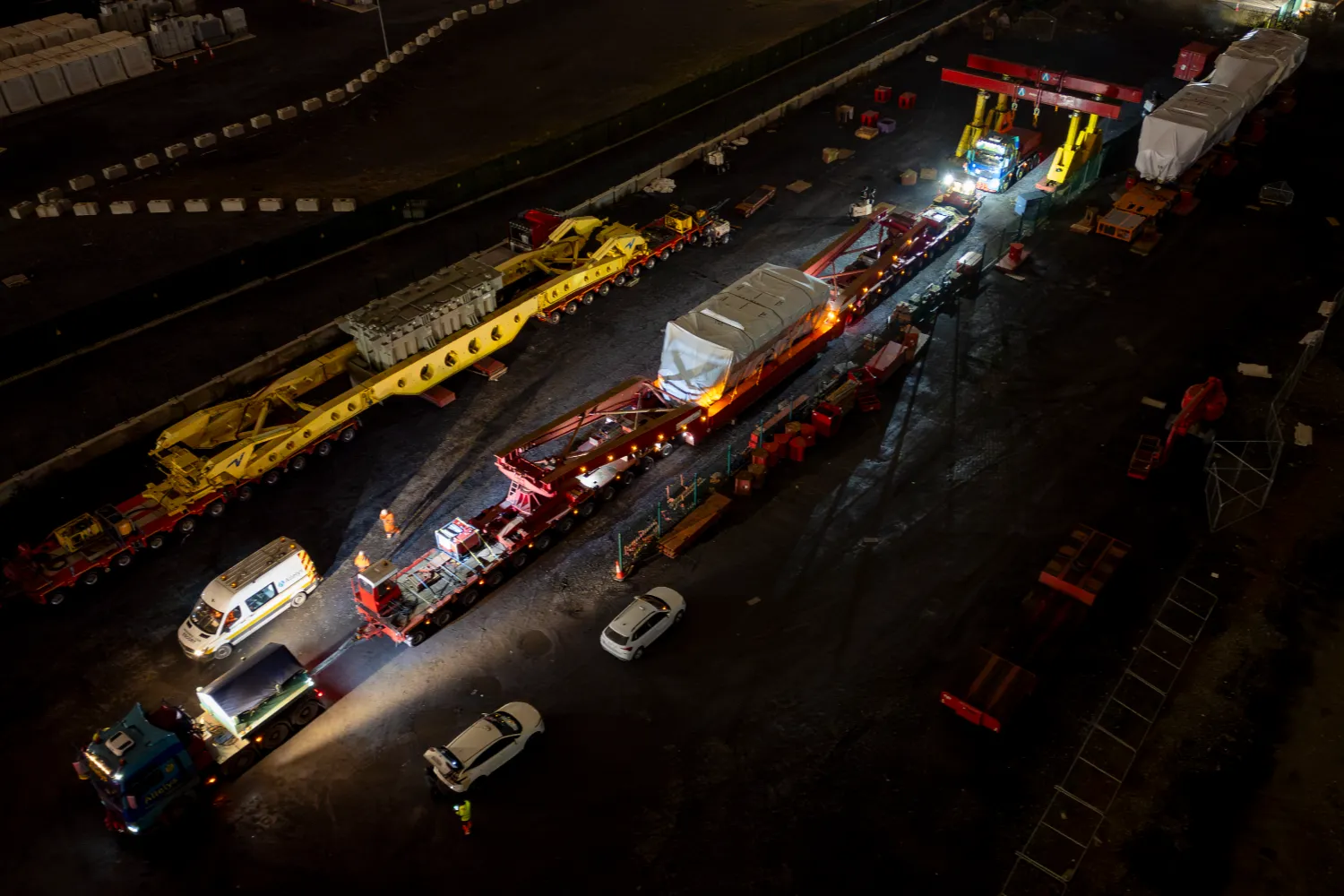
Prepare your engines!
The convoy is carrying an 18V51/60DF dual fuel engine. Two trucks are needed for the weight of the load; one pulling and one pushing. Later, near the appositely named Windy Arbour, the front of the leading truck will rear off the road surface as it struggles to gain traction on a cold, wet hill.
Now, as we watch, they take the junction with astonishing precision; turning left within inches of the street furniture and heading down the road at a swift trot as the rain lashes down; followed by a cavalcade of support vehicles and flanked by Garda motorcyclists. The road crew – late night poetry, fluorescent vests and warm gloves – lift the traffic lights back into their beds within minutes of this behemoth passing.
The transport of this power station engine seems seamless and the process a well-oiled machine. It will take two nights before the equipment arrives at its destination on the other side of Dublin however; pulling into Profile Park shortly before 3am on Saturday, February 15, where a solitary blackbird is singing an enthusiastically early dawn chorus at the gate.

“We had to do a LOT of testing”
These two midnight journeys through the Irish night were merely the final delivery leg of the project however. As Everllence Senior Project Manager Mehmet Ayranci explains, it’s been in gestation for a great deal longer. Indeed, the contract to deliver 10 of its 18V51/60 dual-fuel engines with a total generating capacity of 203 MW to two new power plants in Ireland was signed in early January 2023.
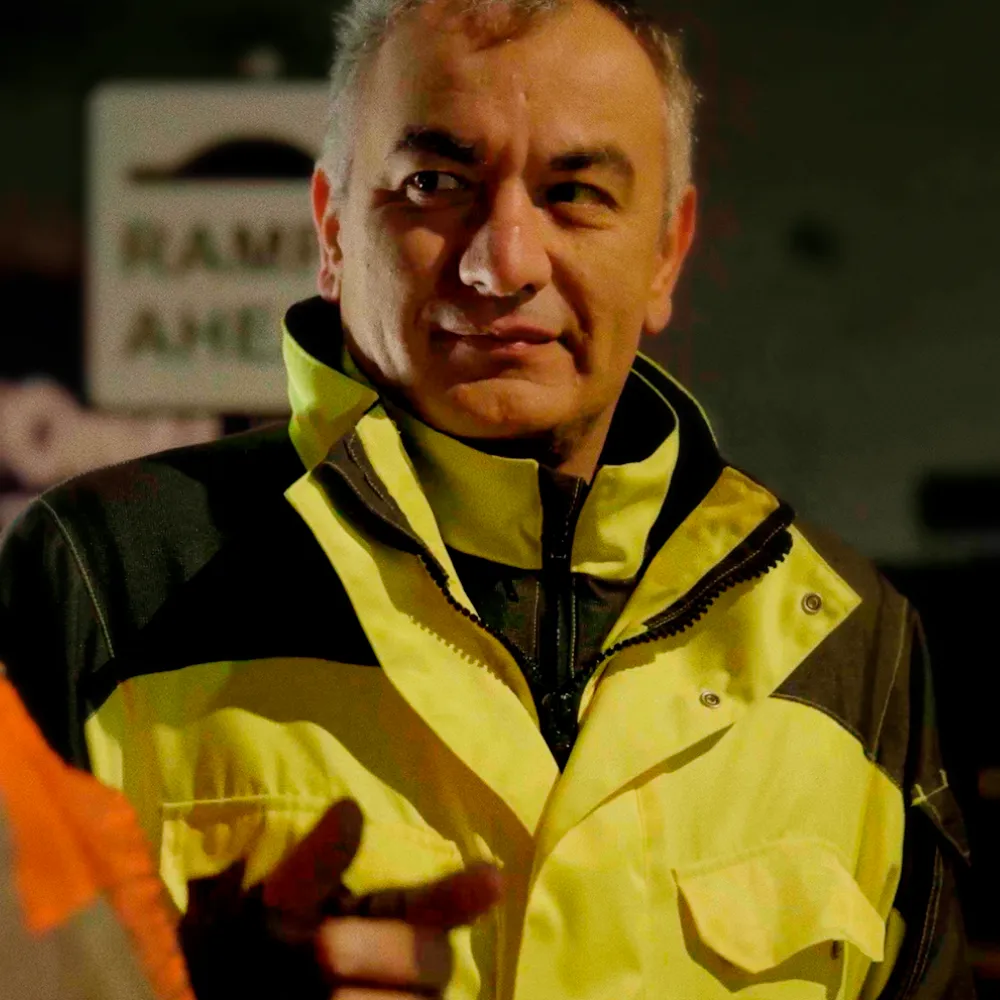
“This is the biggest load ever moved in Dublin. We had to do a lot of convincing and testing – to show the council that our engines will not be any risk for the roads, for the bridges.”
Mehmet Ayranci, Senior Project Manager at Everllence
As he explains: “This is the biggest load ever moved in Dublin. We had to do a lot of convincing and testing – to show the council that our engines will not be any risk for the roads, for the bridges.” With each 18V51/60DF dual-fuel engine weighing in at 345 tonnes, his team had to attach sensors to bridges, run regular “swept path” analysis of the route, monitor the vibrations of railway tracks to within a fraction of a millimeter and meticulously plan the route. Further complications came in the shape of a Taylor Swift concert and a major football match that brought late-night crowds and traffic.
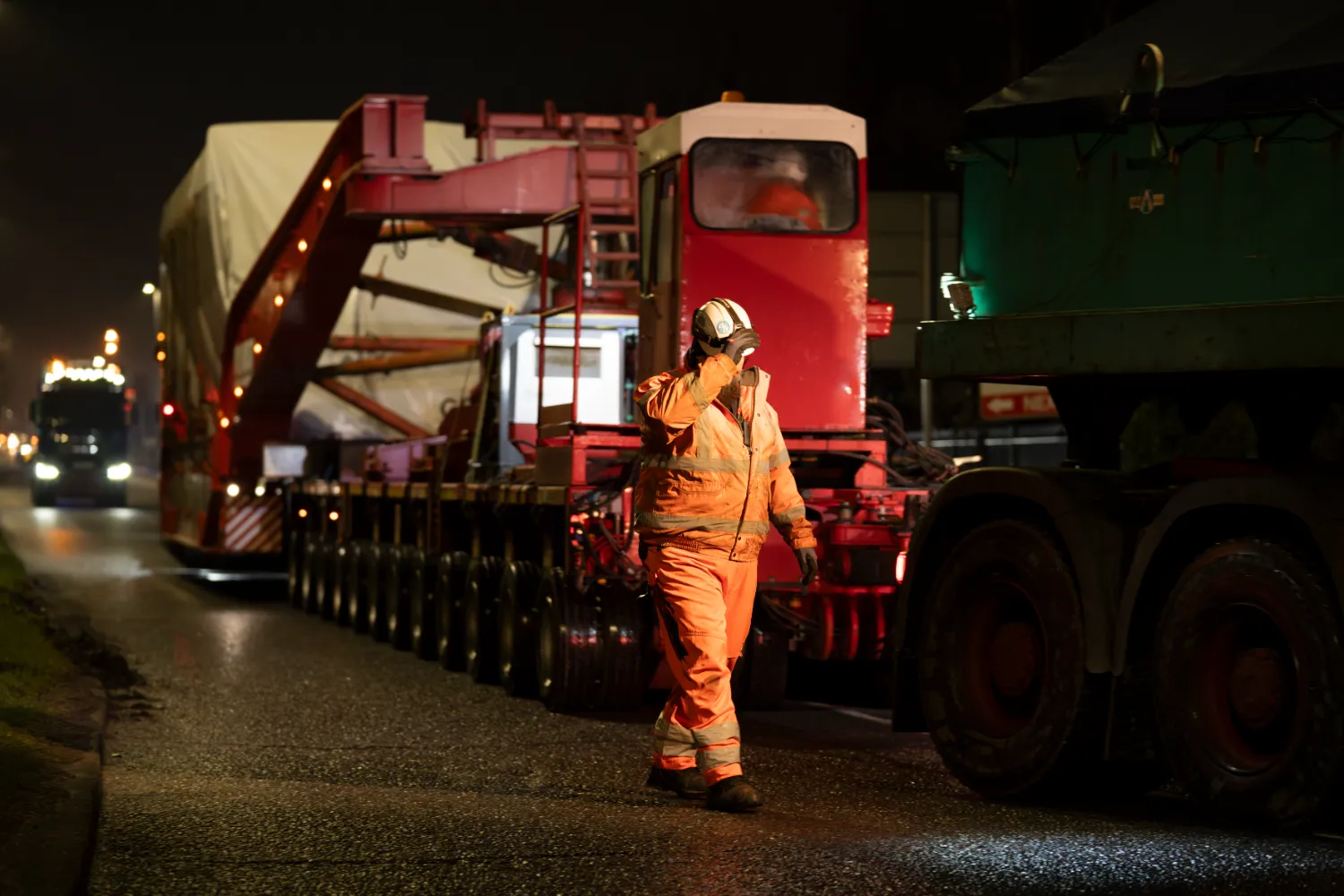
“If you think you have enough time, you need to double it”
Transport was handled by Exceptional Load Services Ltd (ELS), whose founder Edwin Sunderland was personally on-site throughout the delivery, working closely with partners and the local authorities.
Standing by the parked up rig as it prepares for the second leg of the journey the next night, he explains that “this rig tonight is grossing 520 tonnes. The local authorities are well versed with oversized loads, but nothing of this size.“ There's been a massive program to go through.
“We're traveling on a route that is not an oversized load route and there were a lot of enabling works first. Traffic lights that were embedded in concrete were all set into proper sockets, so they can be lifted out easily each night as we go through.”
He adds: “We've very skilled drivers with our escort vehicles that know the route. They know every pothole, they know every curve. That's our job.”
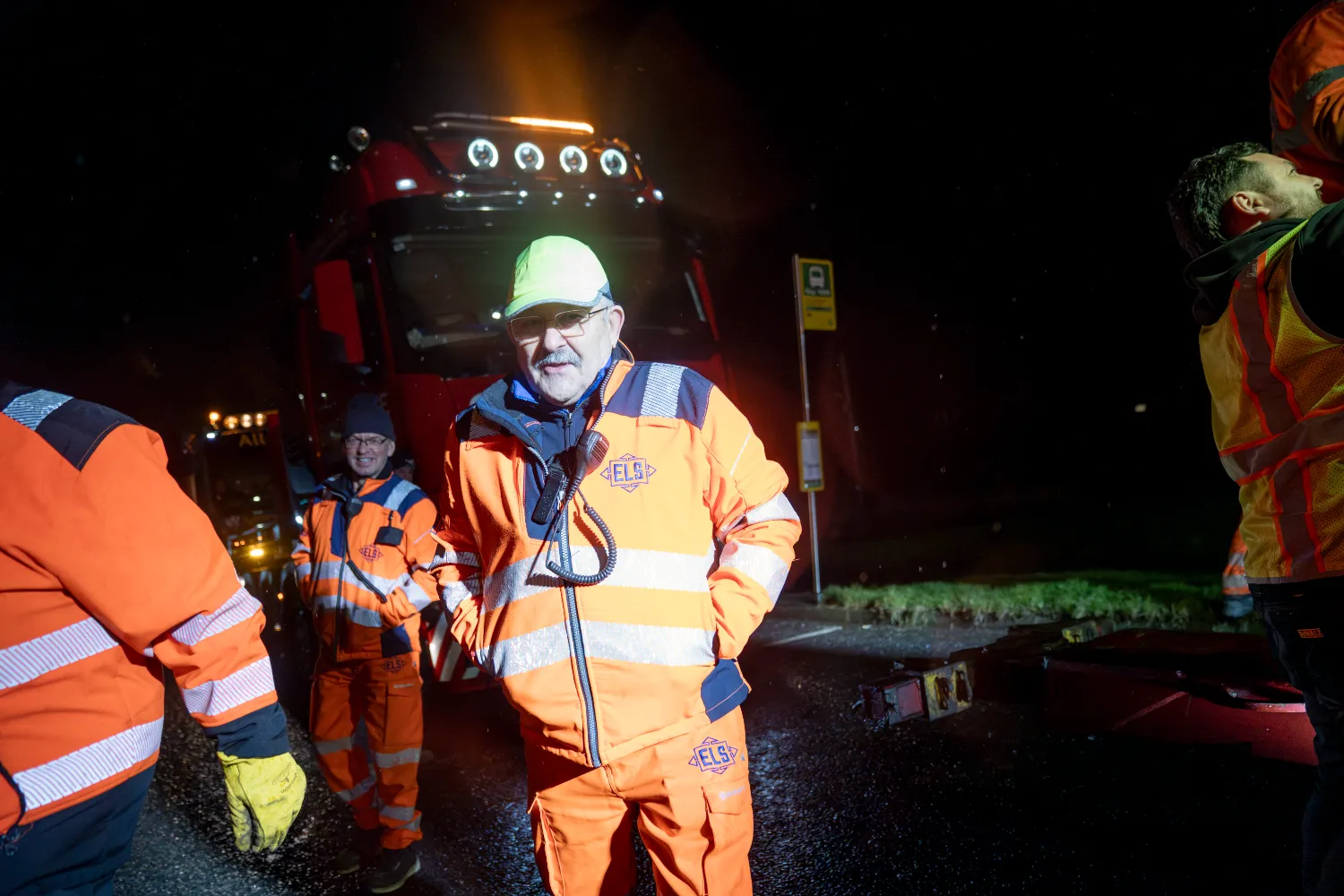
Hydrogen-ready engines
The engines have been ordered by Greener Ideas Ltd., which will use them as peaker plants to provide energy when renewables can’t meet demand. The utility needs to deliver on Ireland’s ambitious plans to meet 80% of electricity demand from renewables by 2030. The dual-fuel engines from Everllence can ramp up fast to fill the gaps, when the sun doesn’t shine or wind doesn’t blow – a capability critical to delivering on this mission.
The company has ordered 10 of them, capable of putting out a combined 203 MW. They will be distributed across two new power plants currently under construction; one near Dublin, and the second in the town of Athlone. In the offices of Greener Ideas Ltd., project director Liam Pitcher puts it succinctly: “These engines are part of the overall Greener Ideas Ltd. initiative of a greener, fairer future, whereby we supply support to a transitioning grid − so as we move more and more away from fossil fuels into renewable energies, these plants will supply peak demand.”
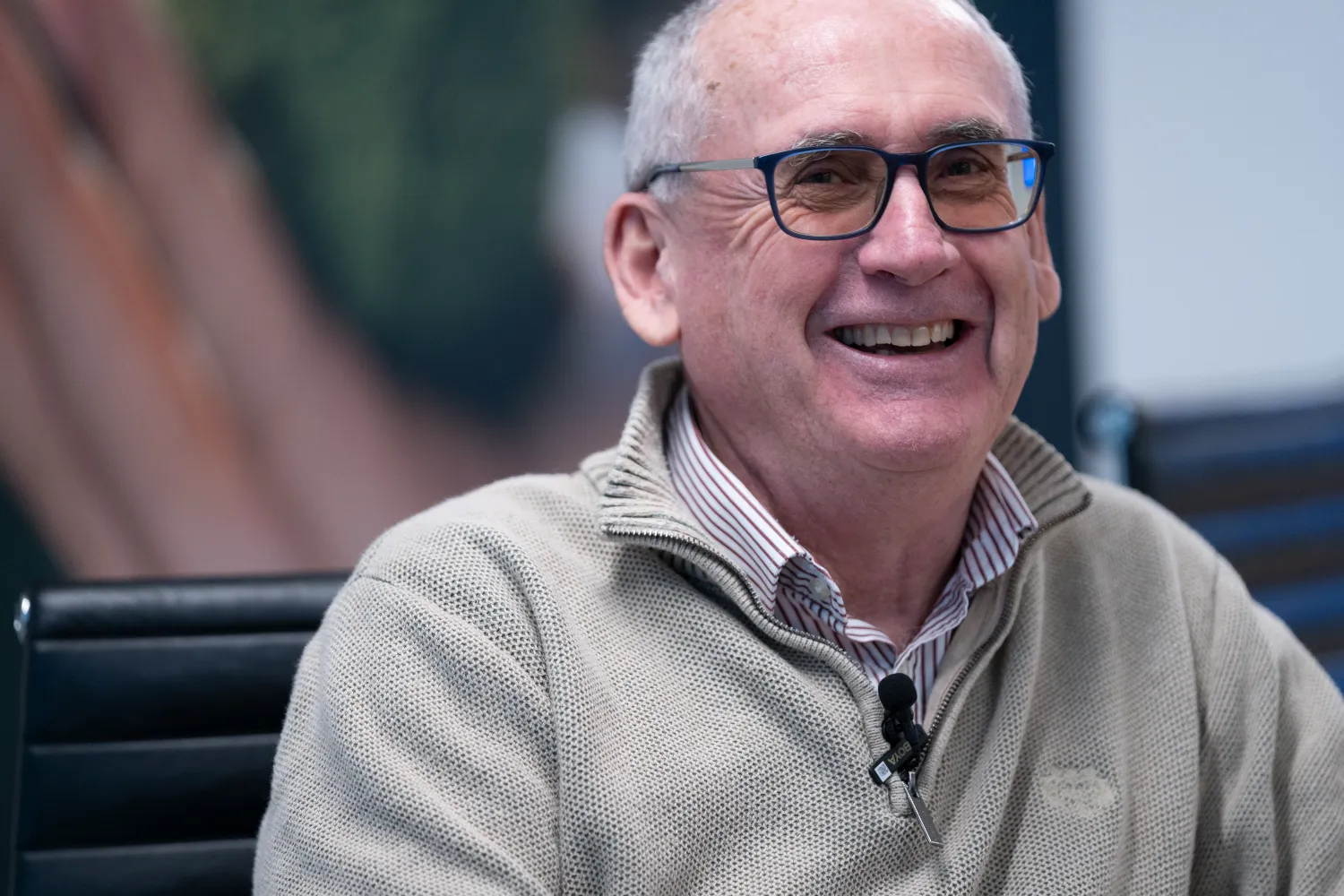

“The engines are extremely efficient and also very flexible. We can ramp the engines up from zero speed to full load in a matter of minutes, and equally, we can ramp them down again.”
Liam Pitcher, Project Director, Greener Ideas Ltd.
Growing energy demand from data centers
The engines may have taken some time to work their way from mainland Europe factories to Dublin, but they themselves are both blisteringly quick and immensely efficient. Michael Hell, Construction Manager at Everllence has helped with delivery of the engines to Greener Ideas Ltd..
As he puts it: “The net power output of 20MW is quite a big amount for a medium speed engine. Its flexibility lets you start very fast; you can reach the first megawatt export to the grid in a very short time.” Growing demand for computational workloads including cloud computing and generative AI are a big “pull” factor for the order, he suggests: “We have a lot of data centers here, which need reliable and efficient power.”

“The net power output of 20MW is quite a big amount for a medium speed engine. Its flexibility lets you start very fast; you can reach the first megawatt export to the grid in a very short time.”
Michael Hell, Construction Manager at Everllence
In for the long haul
Out on the Dublin streets, the rain has stopped and in Profile Park the engine is being prepared for unloading. Once in place, it will be tested then commissioned.
Under a ten-year service contract, Everllence PrimeServ will also assist the customer with maintenance and technical support, as well as insight from Everllence’s digital service solution, PrimeServ Assist, which will monitor engine operations around the clock.
The journey here was an intensely collaborative team effort. It will continue once the engines start up too – and Ireland’s grid is ready for that greener, fairer future as a result.
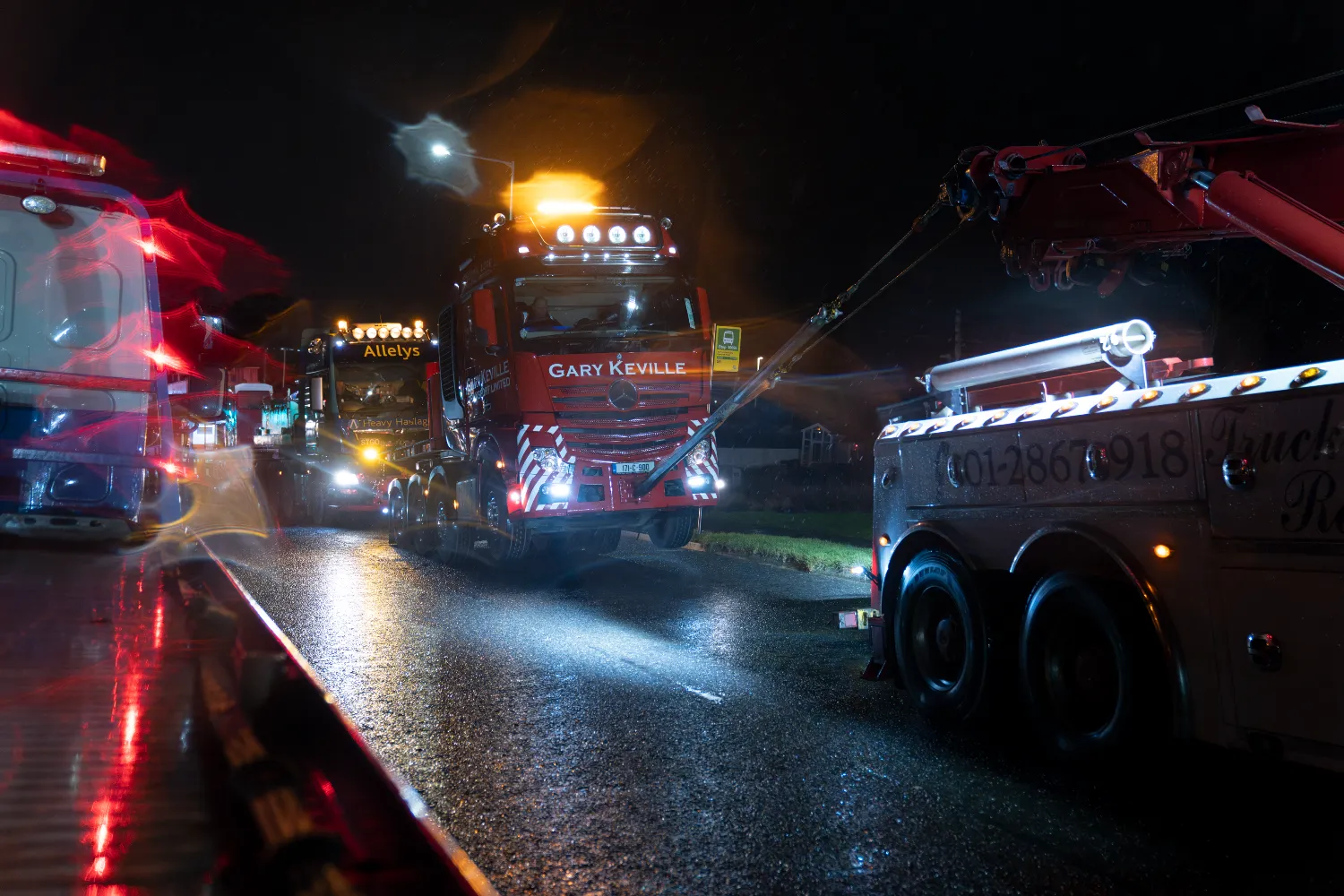
About the author
Ed Targett is a business, energy and technology journalist based in London. He has 15 years of international media experience and is founder of enterprise technology publication The Stack.
